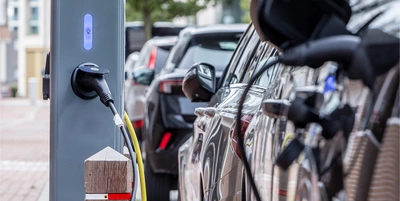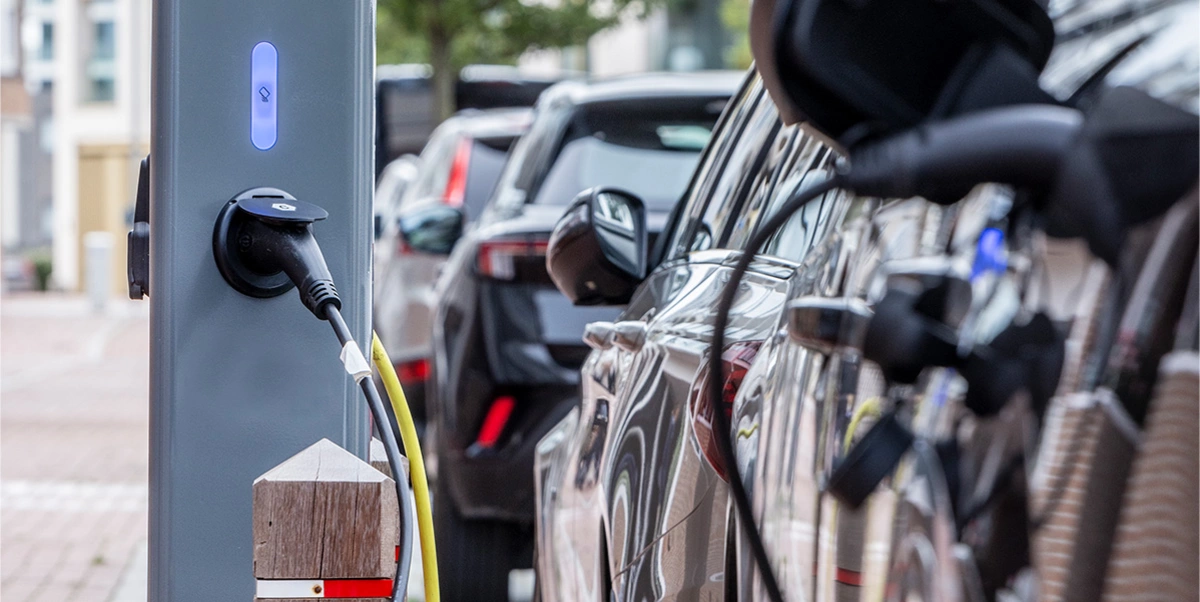A Simple NFC Solution for Ad-Hoc EV Charging


Understanding Ad-Hoc EV Charging Requirements Under AFIR
AFIR is a regulatory framework established by the European Union (EU) to promote the development and deployment of alternative fuels infrastructure—including EV charging infrastructure—across member states. The ultimate goal is to accelerate the transition to cleaner and more sustainable transportation options by ensuring the availability and accessibility of infrastructure.
To facilitate charging accessibility for all drivers, AFIR requires operators of public and semi-public charging stations to support ad-hoc charging sessions without prior user registration. EV drivers can now rest assured that they can stop and top off their batteries at any charging station, maximizing convenience and safety for drivers on the go. This ad-hoc charging requirement includes several key provisions. Charging stations must:
- Be accessible to all users without requiring registration or a prior subscription to a specific service provider.
- Support ad-hoc payment methods, such as credit/debit cards or contactless payments via a smartphone.
- Provide real-time pricing information and ensure that pricing is transparent and non-discriminatory for all users.
There are a few variations in the requirements based on charging point capacity. Newly installed charging points with a charging capacity of 50 kW or more must have card terminals, while charging points with a charging capacity of less than 50 kW must implement a secure ad-hoc-payment process—for example, by generating a dynamic Quick Response (QR) code that enables payment via a smartphone. However, all newly installed charge points, regardless of kW capacity, must meet the basic requirements for charging accessibility and pricing transparency moving forward.
Dynamic QR codes are proposed within the AFIR framework as a possible solution to support ad-hoc charging and secure payment. For maximum security, these codes are created individually for each charging transaction; this minimizes the risk of fraud or unauthorized use. The QR code is valid only for a specific session, making it much more secure than a static QR code. However, generating single-use, dynamic QR codes requires a display for each charging point.
This presents a challenge for OEMs manufacturing wall readers and charging points without a built-in display, as well as for the charging station operators using their equipment. In particular, many smaller (<50 kW) charging points fall into this category. To make existing equipment compliant with AFIR, OEMs need a different kind of solution.
An Alternative to Dynamic QR Codes for AFIR-Compliant EV Charging
ELATEC created an innovative solution for our client, Enovates, to bring their charging equipment into compliance with AFIR requirements—without dynamic QR codes. Instead, the solution leverages the ELATEC RFID readers already installed on their wall boxes and charging ports. It just requires an update to the reader firmware, which can be rolled out remotely to Enovates and their customers. In this way, users can access charging services and pricing information right on their smartphones, without downloading a special app or signing up for a subscription. The solution was made possible thanks to the power and flexibility of the ELATEC Software Development Kit, along with the readers’ remote update capabilities.
Here’s how it works:
- The reader is reconfigured to act as a near-field communication (NFC) transponder to communicate with the cell phone.
- When the user brings their smartphone within range of the reader, the reader sends an NFC signal that automatically opens a dynamic payment link on their phone.
- Pricing and availability information is displayed on the phone in compliance with AFIR requirements.
- Users complete payment via the link on their phones to activate the charging session.
- Because the link is dynamic, it meets AFIR guidelines for payment transaction security.
The solution ensures maximum convenience and ease of use for drivers, as they do not need to download a special app to use the charging port. Anyone with an NFC-enabled smartphone can access the solution by simply bringing their phone within range of the reader.
Remote update capabilities allow ELATEC to roll out the solution for installed readers with minimal effort and disruption for Enovates and their customers. This enables Enovates to address the new AFIR requirements in the easiest and most cost-effective way possible. Thanks to ELATEC’s combination of hardware, software and service, they have a future-proof solution that will meet the needs of their customers for years to come.
Want to know more about the AFIR-compliant EV charging solution we created for Enovates? Download the full case study!
THE ELATEC NEWSLETTER Your authentication update
As a frequent reader, you will always be up to date with the latest information on the topic of authentication, know the current trends and receive valuable tips. By signing up to our newsletter, we will make sure you won't miss any new blog articles ever again. And on top, you get even more exciting news on our products, events and industry trends.